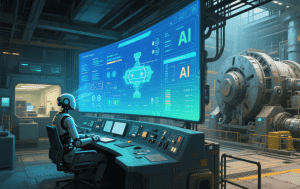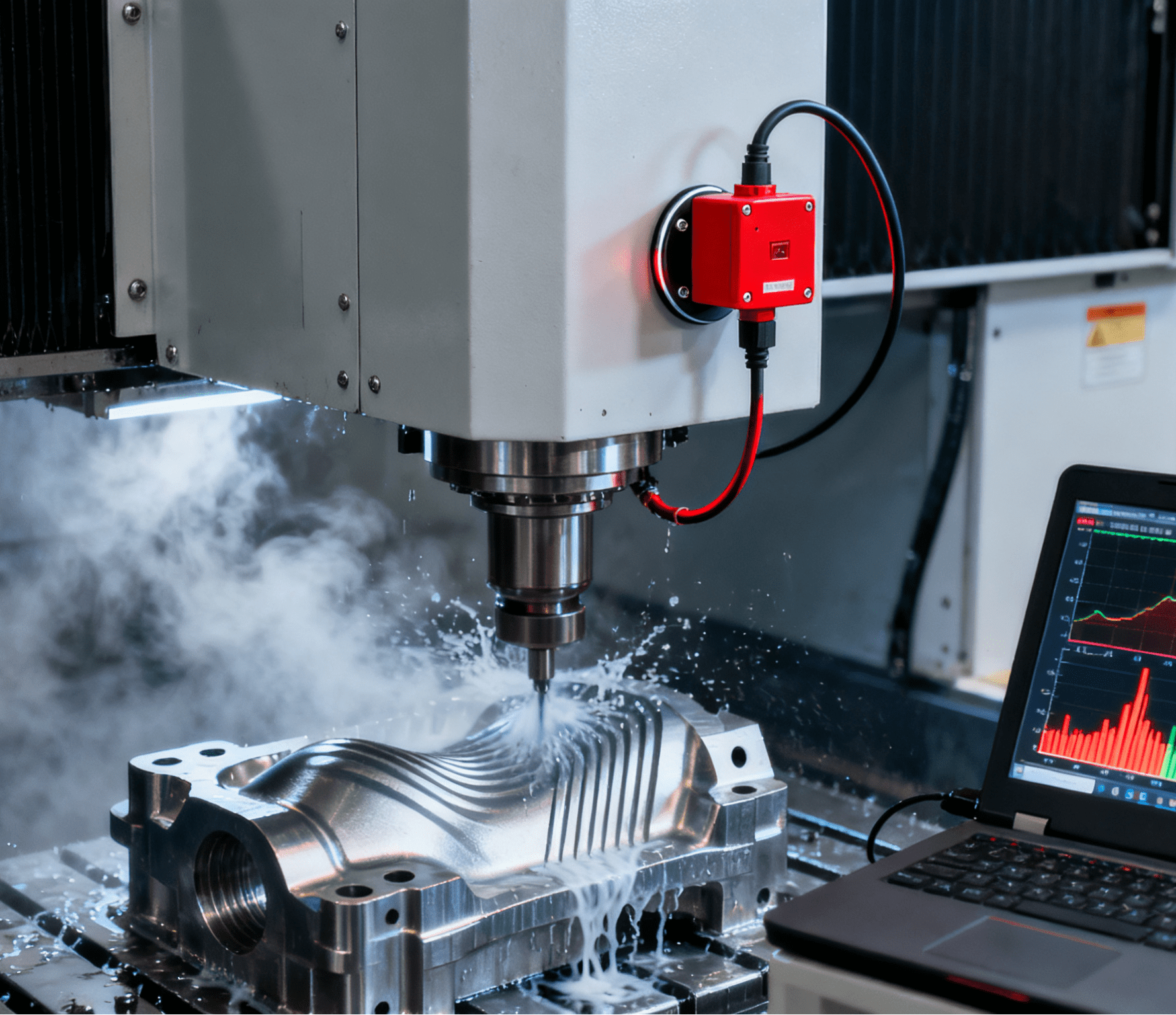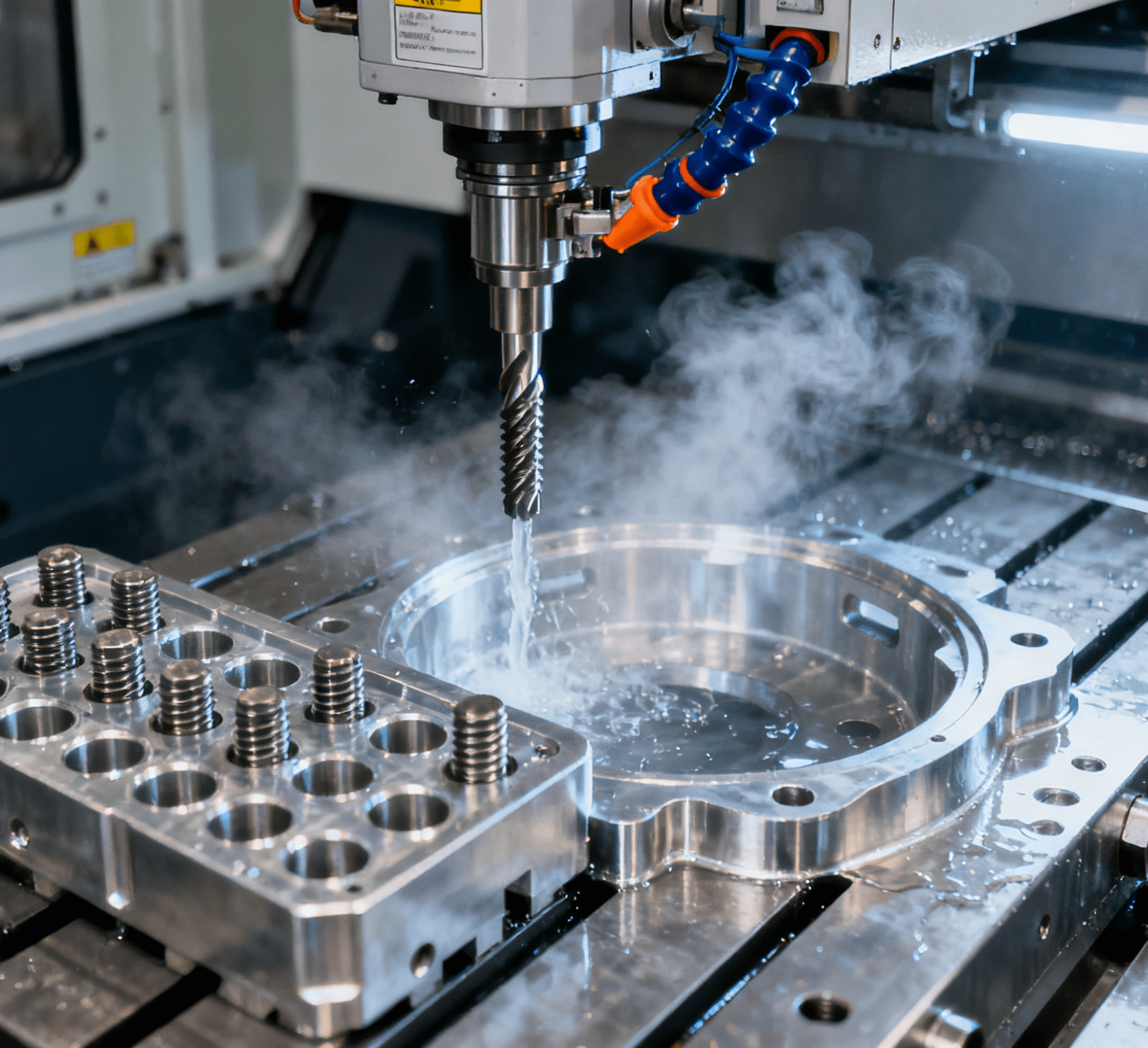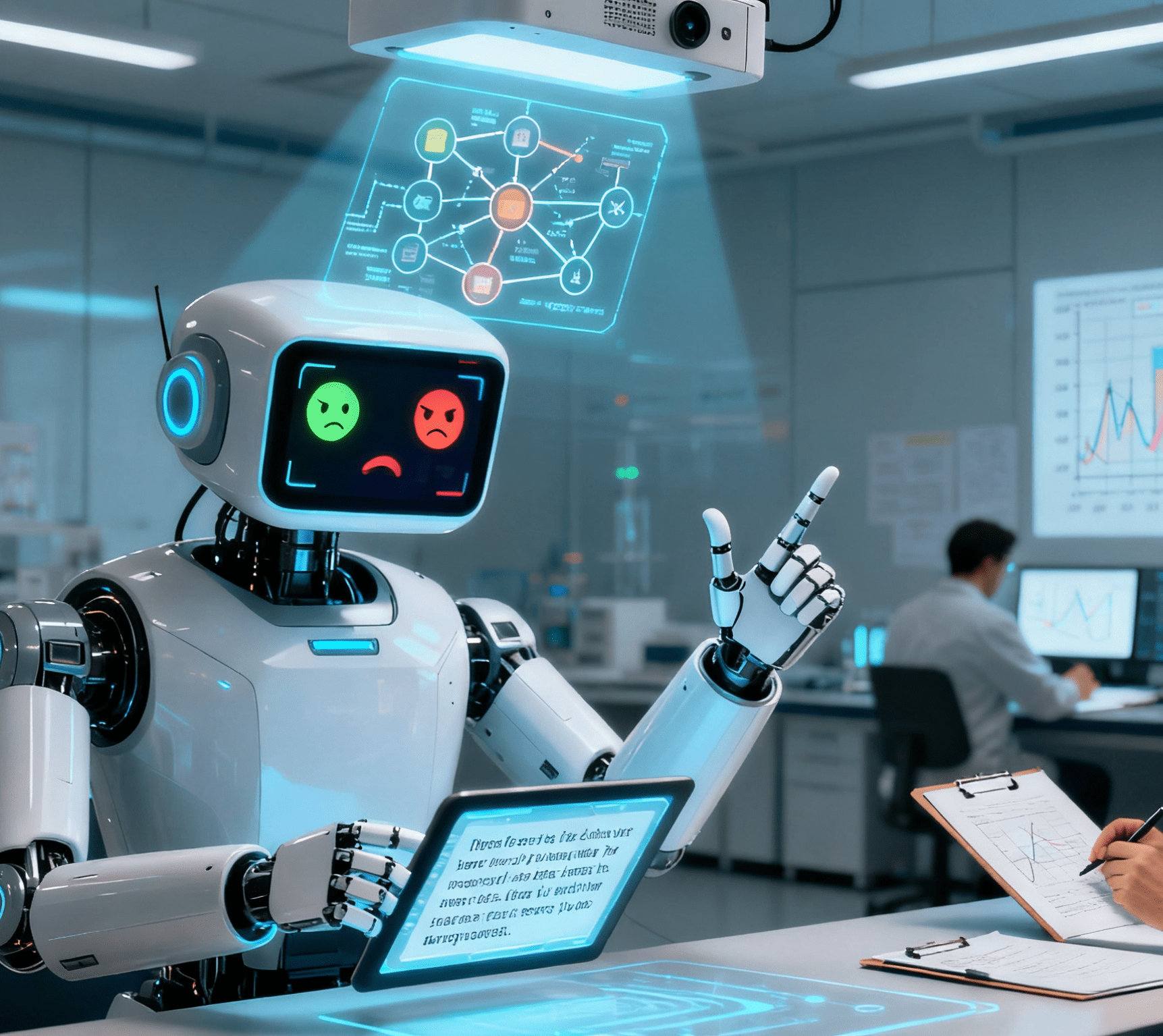Table of Contents
ToggleHow Robotics and AI Are Reshaping Heavy Industry by Automating the Un-Automatable

Revised Opening: The Dawn of Intelligent Automation in Heavy Industry
Heavy industry, once synonymous with manual labor and static production lines, is undergoing a quiet revolution. As nations grapple with climate goals, labor shortages, and the need for scalable infrastructure, intelligent automation and advanced robotics are emerging as the keys to transforming sectors long deemed “un-automatable.” At the forefront of this shift is Denmark’s Large Structure Production (LSP) Center, a testament to how industrial automation—driven by AI and adaptive automation equipment—can redefine how we build the physical backbone of modern economies.
“For decades, shipyards and wind turbine factories relied on human expertise for complex tasks,” says Professor Christian Schlette, leader of the LSP Center. “But with intelligent automation, we’re no longer limited by fixed workflows. We’re creating systems that learn, adapt, and evolve alongside the unique challenges of large-scale production.”
The Challenge: Scaling Automation in Complex, High-Stakes Sectors
Heavy industries like shipbuilding and offshore energy face unique hurdles:
- Size and Immobility: Components like ship hulls or wind turbine towers are too massive for traditional assembly lines. Automation equipmentmust be mobile, navigating around static structures rather than vice versa.
- Low Volume, High Complexity: Unlike automotive manufacturing, heavy industry produces low quantities of highly customized assets, making rigid industrial automationsystems cost-prohibitive.
- Safety and Sustainability: Manual welding, lifting, and rigging pose significant risks, while outdated methods hinder decarbonization goals.
LSP Center’s Breakthrough: Adaptive Automation for Massive Tasks
Housed in Odense’s historic harbor, the LSP Center (€37 million investment) is a living lab for intelligent automation in heavy industry. Its innovations include:
Mobile Robotic Platforms:
- Agile robots equipped with sensors and AI navigate around colossal structures, performing tasks like welding and inspection without fixed infrastructure.
- Example: A mobile robotic arm uses real-time vision data to adapt to the uneven surfaces of a ship’s hull, a task once requiring human precision.
AI-Driven Process Planning:
- Machine learning algorithms optimize workflows, predicting bottlenecks and adjusting schedules in real time. Digital twins simulate entire production cycles, reducing material waste by up to 30%.
- “AI turns chaos into clarity,” Schlette explains. “In a shipyard, where every day brings new variables, our systems learn from each task to improve the next.”
Modular Automation Equipment:
- Customizable automation equipment—from adaptive grippers to drone swarms—can be reconfigured for diverse tasks, making it feasible to automate low-volume, high-variety production.
Bridging Industry and Innovation: A Collaborative Model
The LSP Center thrives on cross-disciplinary collaboration, uniting engineers, data scientists, and industry partners like A.P. Moller Group. This ecosystem approach ensures solutions are not just theoretical but practical:
- Real-World Testing: Robotic systems are stress-tested in a 2,500 m² facility with a 27-meter-high hall, mimicking the scale of real-world projects.
- Labor Augmentation, Not Replacement: By relocating hazardous tasks (e.g., welding in confined spaces) to robots, human workers focus on oversight and problem-solving, addressing both safety and labor shortages.
Revised Closing: A Blueprint for Global Industrial Transformation
The LSP Center’s mission extends beyond Denmark. As Asia’s shipyards and Europe’s offshore energy sector confront similar challenges, its model of intelligent automation—blending mobile robotics, AI, and modular automation equipment—offers a scalable blueprint.
- Sustainability Impact: Simulation-driven planning reduces material waste, while robotic precision minimizes energy-intensive rework, aligning with global decarbonization goals.
- Economic Resilience: By making industrial automationaccessible to low-volume producers, the LSP model democratizes innovation, ensuring even small-to-medium enterprises can compete in a green economy.
“Automating heavy industry isn’t about replacing human ingenuity—it’s about amplifying it,” Schlette concludes. “With the right blend of intelligent automation, collaborative innovation, and adaptive automation equipment, we can build a future where ‘un-automatable’ is just a term from the past.”
As the world races to build smarter, greener infrastructure, the LSP Center stands as a testament to what’s possible when ambition meets technology. The era of static, labor-intensive heavy industry is ending; in its place emerges a new paradigm—one where automation is not a constraint but a catalyst for limitless growth.




















